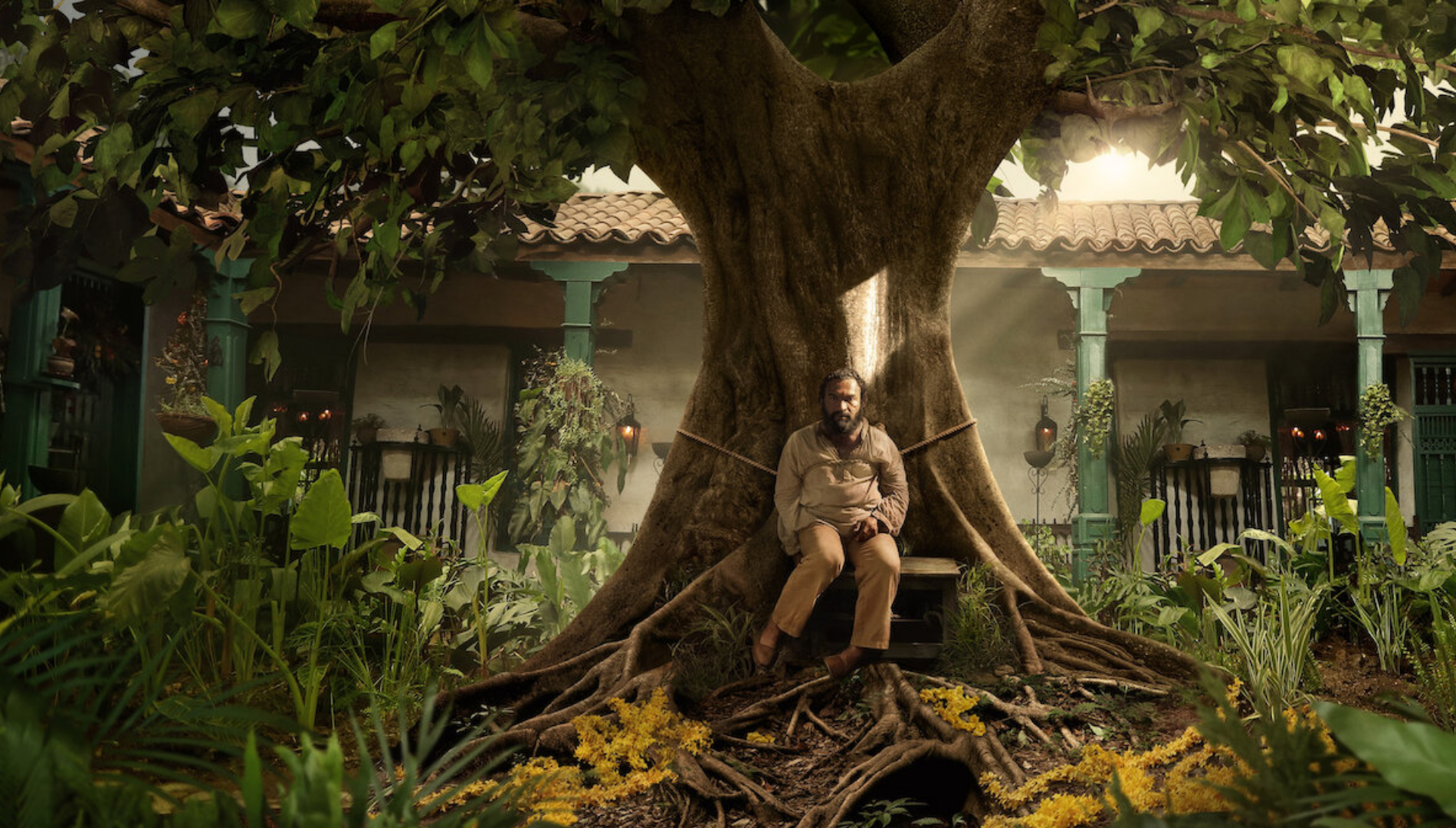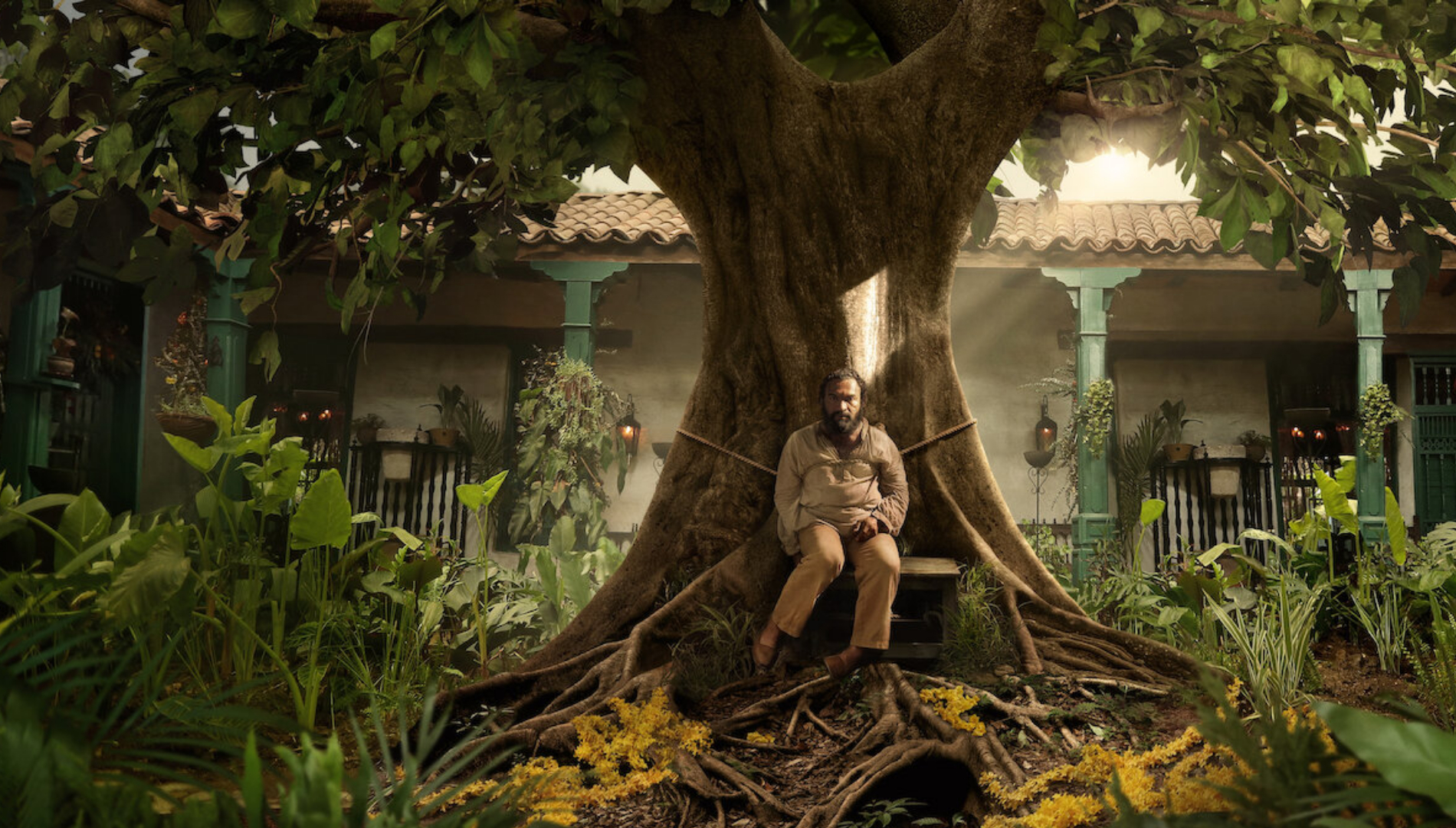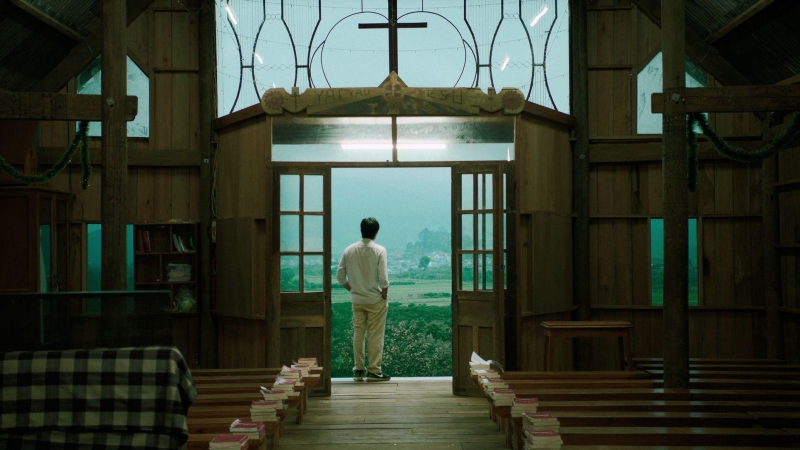Since Netflix announced the adaptation of "One Hundred Years of Solitude" in 2019, the literary and film communities around the world have been buzzing. Considered one of the masterpieces of Latin American literature, Gabriel García Márquez's novel has always been highly appreciated for its artistry and complexity. With its massive content, non-linear time structure and magical elements, many people believe that "One Hundred Years of Solitude" is an "unadaptable" work. Therefore, Netflix's decision to carry out this project has created great expectations, while also posing many challenges for filmmakers.
Overcoming the Curse of Adaptation
In the hands of talented directors Alex García López and Laura Mora, "One Hundred Years of Solitude" is not only a faithful adaptation but also a unique work of cinema. The film skillfully combines respect for Gabriel García Márquez's original work with unique artistic creations. Using poetic visual language, the filmmakers have created a world of Macondo that is both familiar and strange, taking the audience on a fascinating journey of discovery about the life, love and fate of the Buendía family.
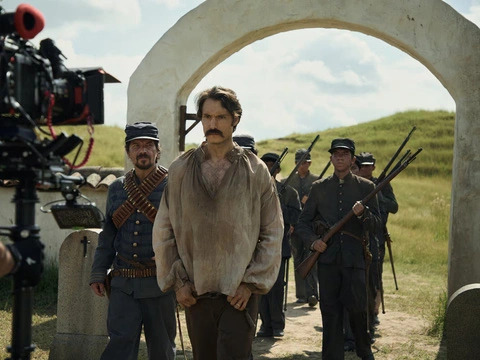
The first eight episodes of season 1 of One Hundred Years of Solitude have broken the curse that this literary masterpiece cannot be adapted into a film.
The film takes viewers to the fictional town of Macondo in Colombia – where the events in the original take place. The story begins when two cousins, José Arcadio Buendía (Marco González) and Úrsula Iguarán (Susana Morales), fall in love and want to get married, but their parents object.
The events that followed led them to leave their families and villages and set out in search of a new land. They traveled for many years with a group of people and stopped at a riverside town, declaring it their new “paradise”, which they named Macondo. Since then, generations of the Buendía family have been tormented and haunted by various tragedies, going through periods of prosperity and decline, and finally falling into isolation and despair.
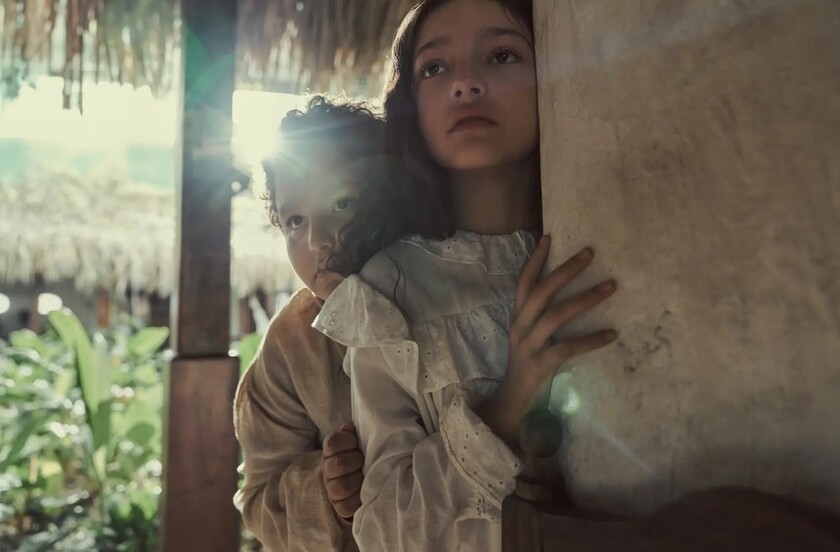
García Márquez spent much of his life refusing offers to adapt his novel One Hundred Years of Solitude into a film.
Adapting "One Hundred Years of Solitude" to the screen was a daunting challenge. Gabriel García Márquez, the author of this masterpiece, always expressed reservations about the idea of adapting his works. He believed that the power of literature lies in its ability to evoke the reader's imagination, and that visualizing characters and settings can limit that creativity. He once shared that each reader will have their own Macondo in mind, and bringing a specific Macondo to the screen could lose that diversity and richness. However, ten years after his death, this ambitious project is finally being realized, leaving many curious and excited.

The novel, which follows seven generations of the Buendía family in a fictional village filled with extraordinary events, seems too complex to be adapted into a film.
All done with near-total respect for the original. The result is a journey that takes the audience into the imagined world of the Colombian Nobel Prize-winning author, filled with details and subtext that are a testament to Gabriel García Márquez's literary genius.
A circle of tragedy with no way out
The adaptation of “One Hundred Years of Solitude” succeeds in faithfully recreating the endless cycle of time, one of the central themes of the original novel. The story of the Buendía family is like an hourglass, always repeating mistakes and tragedies. From fleeing incest to founding a new village to finally being exterminated, the family proves a cruel truth: fate may play tricks on humans, but it cannot escape the cycle of time.

Not only because of the complexity and the abundance of material, the disorganized timeline, the massive number of characters, but also because of the story's magical realism setting.
The pig’s tail, a strange deformity passed down through the generations of the Buendía family, is more than just a biological detail. It is a haunting symbol of human degeneration, of the loss of human nature. The pig’s tail, with its monstrous form, has become the physical embodiment of base desires, of selfishness and greed that have ingrained in the soul of each member of the family. It is a painful reminder of a family that has lost the ability to love, to share and to empathize, and has ultimately been isolated and destroyed.
"One Hundred Years of Solitude" cleverly chose a slow, leisurely pace to tell the story of the Buendía family. Each episode, lasting one hour, is like a diary recording every moment and every event in the lives of these people. This slow pace not only gives the audience enough time to immerse themselves in the magical world of Macondo, but also creates a sense of depth and flow, like the river of time that never stops flowing.

The film takes the famous story of a cursed village destined for destruction and explores universal themes.
The work interweaves the stark reality of life with elements of fantasy and mystery, creating a panoramic picture of Colombian history and society. The town of Macondo, with its frequent absurd events, acts as a mirror reflecting social upheavals, political struggles and human suffering. Here, golden rain falls, corpses do not decompose, and souls wander restlessly. These surreal phenomena are not just decorative elements but also carry deep symbolic meaning, reflecting the desires, fears and mysteries of life.

Although very faithful to Gabriel García Márquez's work, the series still has many innovations in the art of storytelling through visual language that captivates the audience.
"One Hundred Years of Solitude" is like a massive family picture, where each member is an indispensable piece. There are no supporting characters in this work, because each individual has his own story, his own destiny. From José Arcadio Buendía with his crazy scientific discoveries, to Colonel Aureliano Buendía with his endless wars, or Amaranta with his unrequited love, all play an important role in creating a panoramic picture of the rise and fall of the Buendía family. Each character, despite their different appearances, has their own desires, pains and mysteries, contributing to creating a touching and profound story.

All done with almost absolute respect for the original.
"One Hundred Years of Solitude" is a work that requires patience and subtlety from the reader. The non-linear structure, with continuous time jumps and alternating flashbacks, has created a great challenge for those who approach it for the first time. Following the fate of characters through many generations, with repeated names, requires the reader to have a flexible mind to connect the story pieces together.





